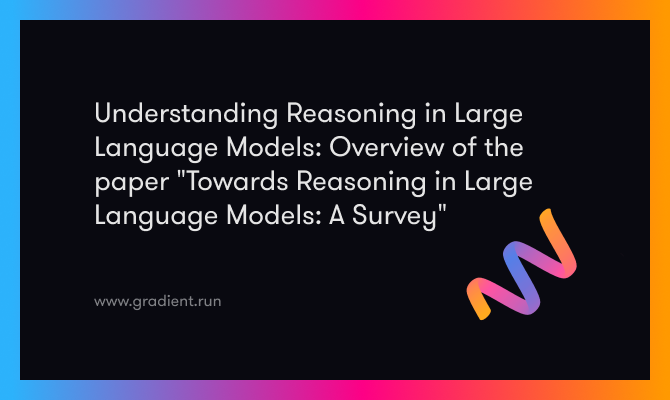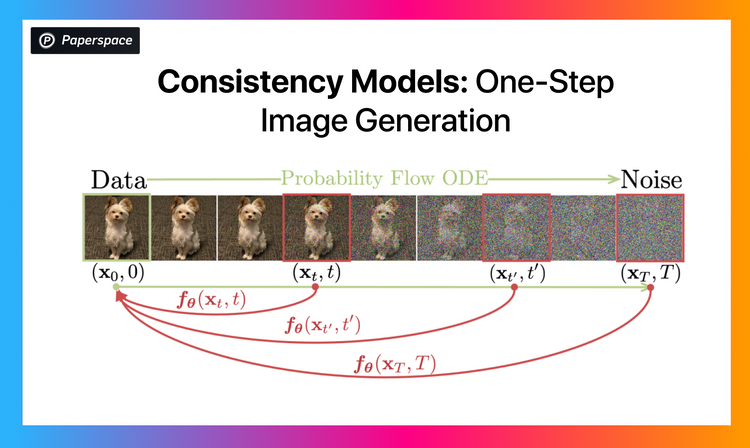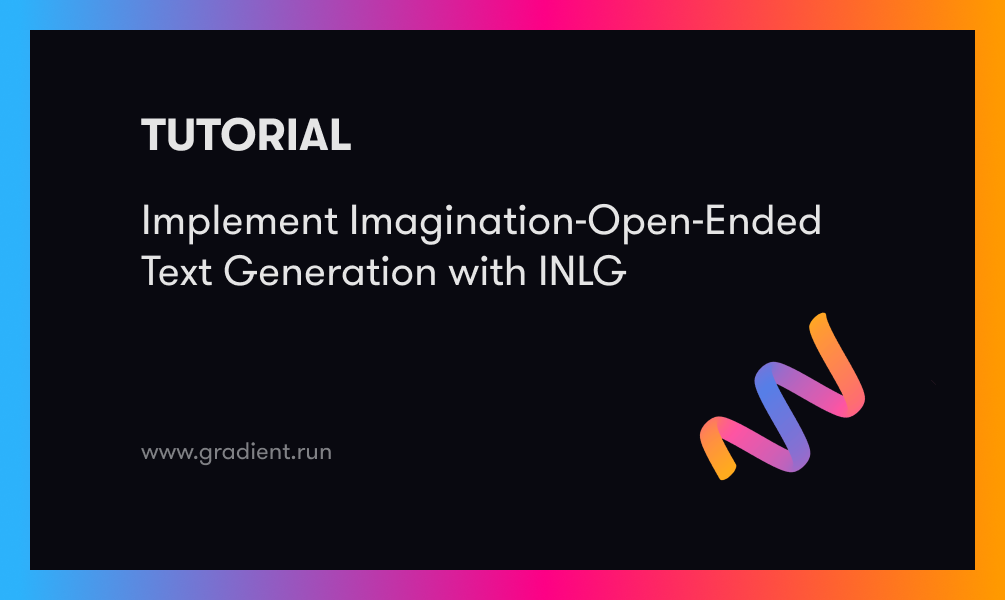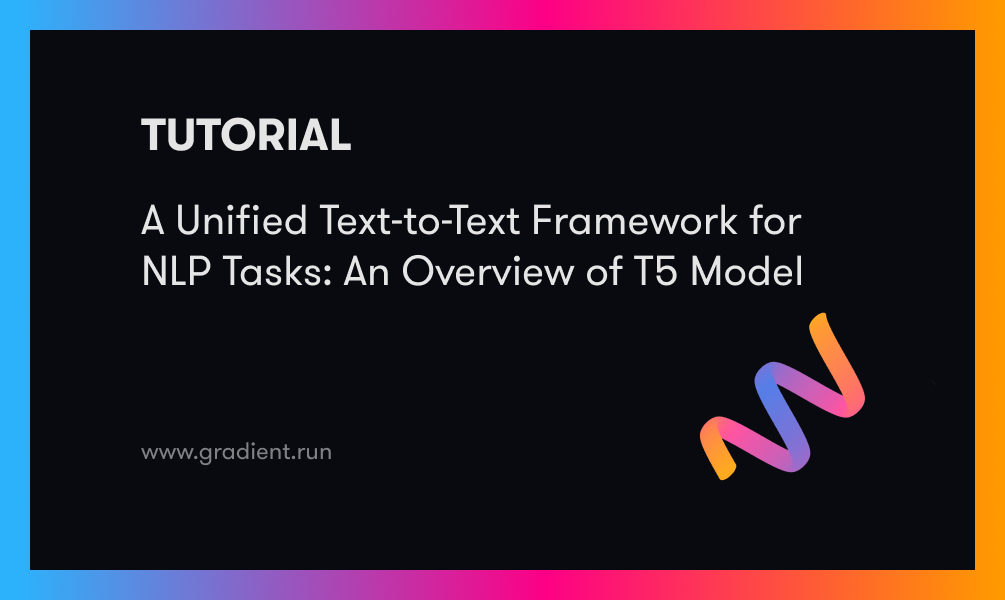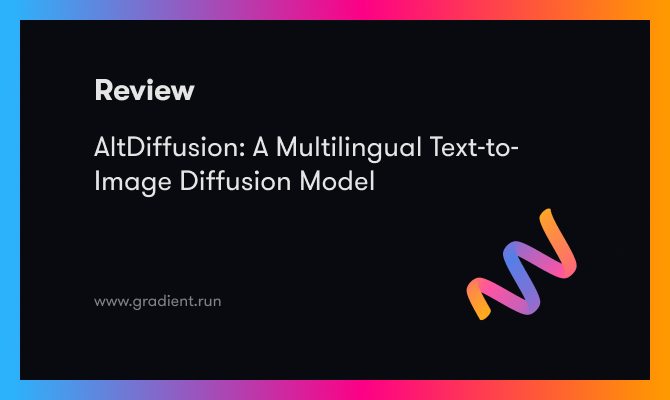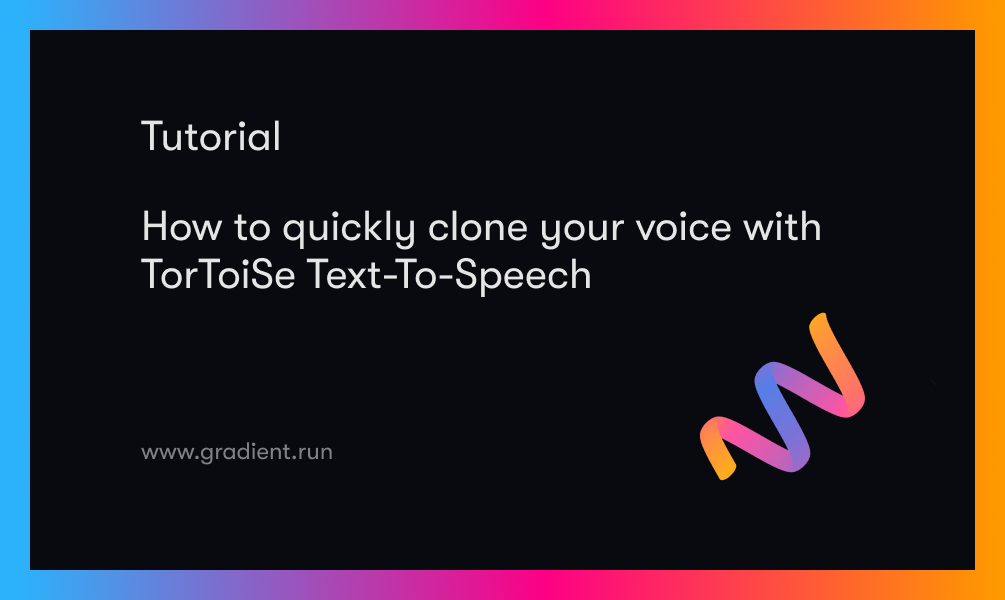Understanding Reasoning in Large Language Models: Overview of the paper "Towards Reasoning in Large Language Models: A Survey"
In this article, we break down the paper "Towards Reasoning in Large Language Models: A Survey" in an attempt to explain relevant reasoning concepts used by LLMs.

